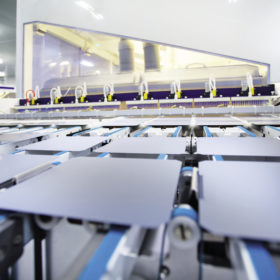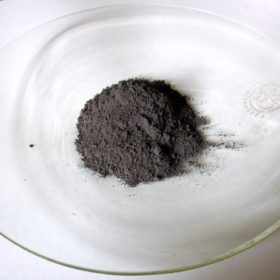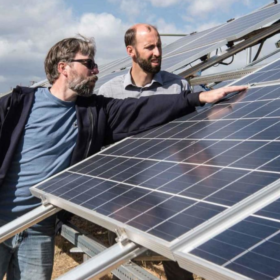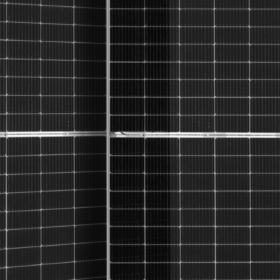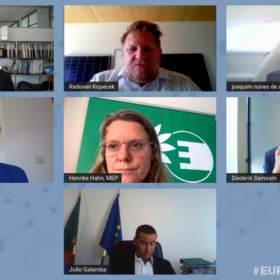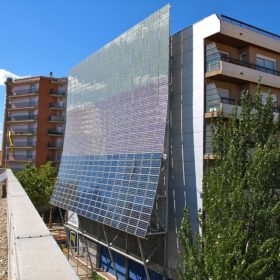Price increases hit US solar as trade uncertainties with China cloud growth goals
Price increases, supply chain disruptions, and a series of trade risks are threatening the U.S.’s ability to decarbonize the grid, warned SEIA president and CEO Abigail Ross Hopper.
Chinese PV Industry Brief: Rising wafer prices and a big tracker order
AntaiSolar has secured a 400 MW contract from Ningxia Jiayang Energy and Longi has raised the prices of all its wafers. Elsewhere, GCL New Energy has announced the sale of another 198 MW of project capacity.
Agrivoltaics to protect crops from heavy rainfall
BayWa r.e. and the Fraunhofer Institute for Solar Energy Systems ISE have built a 258 kW agrivoltaic system that hosts apple cultivation under four different crop protection systems. The system utilizes agrivoltaic technology with permanent, light-permeable PV modules that block rain, and tracking PV module tech that blocks rain only if necessary.
Solaria unveils 430 W pure black residential solar panel
The new residential module of the U.S.-based manufacturer has a power conversion efficiency of 20.40%, a size of 1,076×1,957x35mm, and a weight of 21.3kg. The product is claimed to be compatible with next-generation, module-level power electronics.
Antimony trisulfide solar cell with 5.84% efficiency
The cell was fabricated by adding a special additive that improves the low crystallinity and high resistivity of the antimony trisulfide film. On top of the improved efficiency, the device showed an open-circuit voltage of 0.62 V, a short-circuit current density of 15.85 mA/cm2 and a fill factor of 59.61%.
How long do rooftop residential solar panels last?
Multiple factors affect the productive lifespan of a residential solar panel. In the first part of this series, we look at the solar panels themselves.
Keeping track of chlorine in perovskite stability
Scientists in Japan delved deep into the crystalline structure of a perovskite solar cell in order to understand how chlorine helps to improve the cells’ stability. By varying the concentration of chlorine in the material they were able to find an optimal level for increased stability, and open new doors on the way to understanding the specific role of chlorine and the mechanism behind the improvement.
JinkoSolar’s n-type TOPCon cell achieves 24.58% efficiency via hydrogenation treatment
The Chinese manufacturer and the University of New South Wales (UNSW) have improved the average cell efficiency by 0.68% through a post-cell hydrogenation process. The cell’s average open-circuit voltage increased by 7 mV from 696 to 703 mV, and the average fill factor from 82.03% to 83.07%.
EUPVSEC 2021 – Key takeaways
Now in its 38th year, and its second as a fully virtual event, the 2021 EU PVSEC conference revealed a solar industry and research community filled with confidence. Discussions at the event began with the expectation that demand for solar will continue to grow rapidly, and focused on the challenges of further scaling up production and deployment, and ensuring that energy systems can run smoothly with solar and wind as their main source of energy.
Chinese PV Industry Brief: New alliance for BIPV
Steel manufacturer SSFG and backsheet maker First PV have created a new company to deploy 950 MW of BIPV capacity in China over the next five years. Moreover, China General Nuclear Power Group (CGN) began selling electricity on the country’s green power trading platform and inverter maker Ginlong Solis has decided to team up with State Power Investment Corporation (SPIC).

